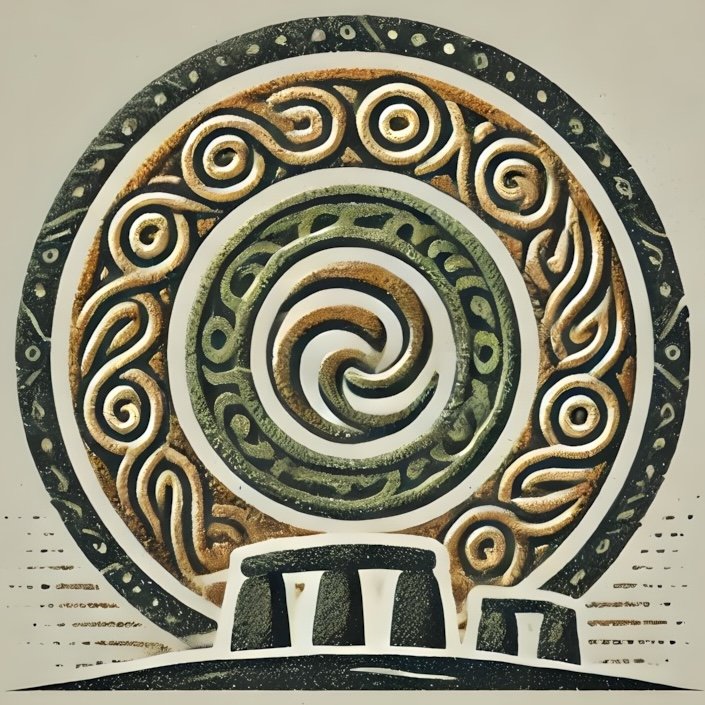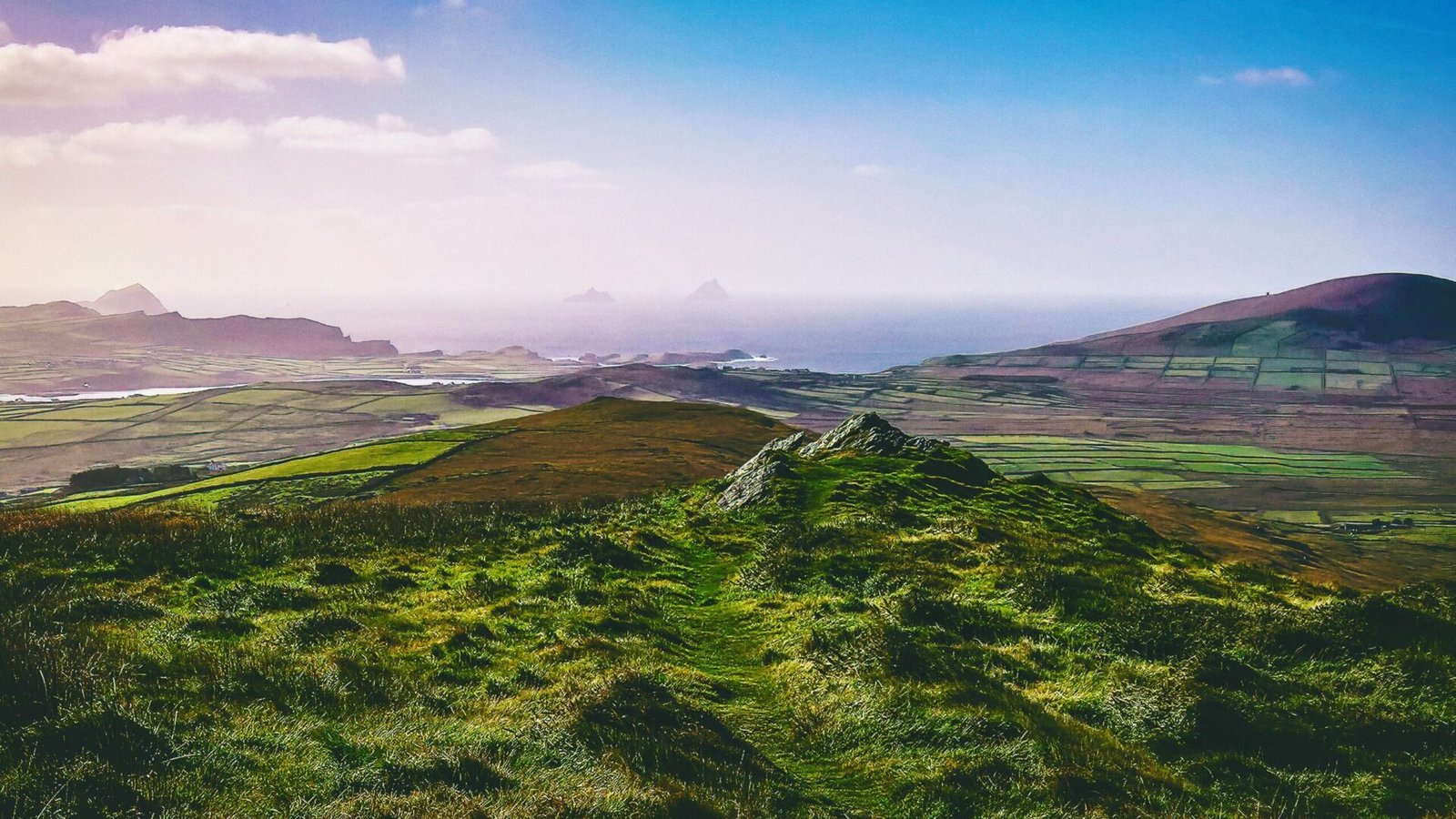Ireland in the Roman World: Trade, Raiding, and Influence
Introduction
The relationship between Ireland and the Roman world is a complex tapestry woven from threads of trade, raiding, and cultural exchange. While the Romans never fully conquered Ireland, their influence permeated the island through various means, shaping the socio-economic landscape of early medieval Ireland. This period, roughly spanning from 400 to 800 CE, was marked by significant transformations in Irish society, driven in part by interactions with the Roman Empire and its neighboring territories. This pillar page explores the multifaceted connections between Ireland and the Roman world, highlighting trade networks, military incursions, cultural exchanges, and the archaeological evidence that brings this history to life.
II. Trade Networks
Despite its geographical separation from the Roman Empire, Ireland was not isolated. The island engaged in extensive trade networks that connected it with Roman Britain and beyond. The Romans were keenly interested in Irish resources, particularly in gold, silver, and other precious materials. The allure of Irish metals led to increased contact between the two regions, with traders navigating the waters of the Irish Sea and the Atlantic Ocean.
One of the most significant trade routes was the maritime passage between Ireland and the ports of Britain, such as Londinium (London) and Eboracum (York). Archaeological finds, including Roman coins and pottery in Irish sites, suggest that these exchanges were not merely one-sided; Irish goods, including textiles and livestock, made their way to Roman markets. The trade of slaves also played a role, as the demand for labor in Roman Britain led to the capture and sale of Irish individuals.
Key archaeological sites, such as the ancient port of Dunmore Cave in County Kilkenny, reveal evidence of these trade interactions. Artifacts unearthed there, including Roman pottery and glassware, indicate that the cave served as a hub for the exchange of goods. Visitors to this site can appreciate the historical significance of trade in shaping early Irish society.
III. Raiding and Military Influence
While trade fostered connections, it also opened avenues for conflict. The Roman Empire’s expansion into Britain brought military influence to the Irish Sea, leading to increased raiding activities by Irish tribes. The Romans, aware of the potential threat posed by these raids, fortified their coastal settlements and established a military presence in Britain to deter incursions.
Irish raiders, known for their maritime prowess, targeted Roman settlements, seeking plunder and resources. The annals of Irish history recount tales of legendary figures like Cú Chulainn, who embodied the warrior ethos of the time. These raids not only enriched the raiders but also instilled a sense of identity and resistance among the Irish tribes.
The archaeological record supports the notion of raiding as a significant aspect of this period. Sites like the hillfort of Dún Aonghasa on the Aran Islands provide insight into the defensive strategies employed by Irish communities. The fort’s strategic location and imposing walls suggest that it served as a refuge against potential military incursions. Visitors to Dún Aonghasa can explore the remnants of this ancient fortification, gaining a deeper understanding of Ireland’s tumultuous relationship with the Roman world.
IV. Cultural Exchange and Influence
Beyond trade and conflict, the interactions between Ireland and the Roman Empire facilitated a rich cultural exchange. The introduction of Roman art, architecture, and technology began to influence Irish society. The adoption of Roman-style craftsmanship can be seen in the intricate metalwork and jewelry produced by Irish artisans during this period.
One notable example is the emergence of the “Celtic” style in art, characterized by intricate patterns and motifs. The influence of Roman aesthetics is evident in the design of early Christian artifacts, such as the famous Tara Brooch, which combines traditional Irish motifs with Roman techniques. This synthesis of styles marked a significant cultural evolution in Ireland, paving the way for the development of a distinct Irish identity.
The spread of Christianity during this period also played a pivotal role in cultural exchange. As missionaries traveled from Britain to Ireland, they brought with them not only religious teachings but also elements of Roman culture. The establishment of monastic centers, such as Glendalough and Clonmacnoise, became focal points for learning and artistic expression, blending Irish and Roman influences.
Visitors to these monastic sites can witness the enduring legacy of this cultural exchange. The intricate stone carvings, illuminated manuscripts, and architectural innovations found in these locations are testaments to the synthesis of traditions that emerged during this period.
V. Archaeological Evidence
The archaeological landscape of Ireland is rich with evidence of its interactions with the Roman world. Excavations across the island have uncovered a wealth of artifacts that illuminate the complexities of trade, raiding, and cultural exchange. Roman coins, pottery, and glassware have been discovered in various sites, indicating the extent of trade connections.
One particularly significant site is the ancient settlement of Emain Macha, located near Armagh. This site, believed to be the capital of the Ulaid kingdom, has yielded Roman artifacts, including coins and pottery, suggesting that it served as a center for trade and cultural exchange. The presence of Roman goods in such a prominent site underscores the interconnectedness of Ireland and the Roman Empire.
Another important archaeological site is the monastic settlement at Clonmacnoise, which flourished during the early medieval period. The discovery of Roman-inspired artifacts, such as decorative metalwork and pottery, highlights the influence of Roman culture on Irish monastic life. Visitors to Clonmacnoise can explore the ruins of this ancient site, gaining insight into the cultural and religious transformations that occurred during this time.
VI. Conclusion
The interactions between Ireland and the Roman world during the period of 400 to 800 CE were marked by a dynamic interplay of trade, raiding, and cultural exchange. While the Romans never fully conquered Ireland, their influence left an indelible mark on the island’s history. The archaeological evidence, coupled with the rich tapestry of Irish mythology and prehistory, provides a fascinating glimpse into a time when Ireland stood at the crossroads of cultures. As visitors explore the key sites across the Irish landscape, they can connect with this vibrant history, gaining a deeper appreciation for the enduring legacy of the Roman world in shaping Ireland’s past.
meta –

